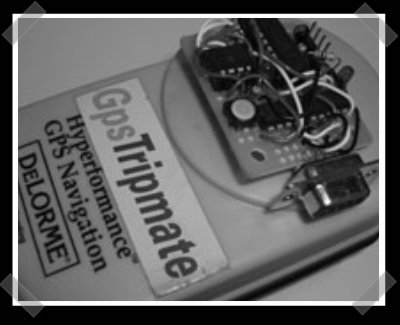
Did you forget your hardware-based password and now you’re locked out? If it’s an IBM ThinkPad you may be in luck but it involves a bit more than just removing the backup battery. SoDoItYourself has an article detailing the retrieval of password data from an EEPROM.
The process is a fun one. Disassemble your laptop. Build a serial interface and solder it to the EEPROM chip where the password is stored. Connect this interface to a second computer and use it to dump the data into a file. Download a special program to decipher the dump file and dig through the hex code looking for something that resembles the password. Reassemble your laptop and hope that it worked.
We know that most people won’t be in a position to need a ThinkPad administrator password, but there must be other situations in which reading data off of an EEPROM comes in handy. What have you used this method for?
















